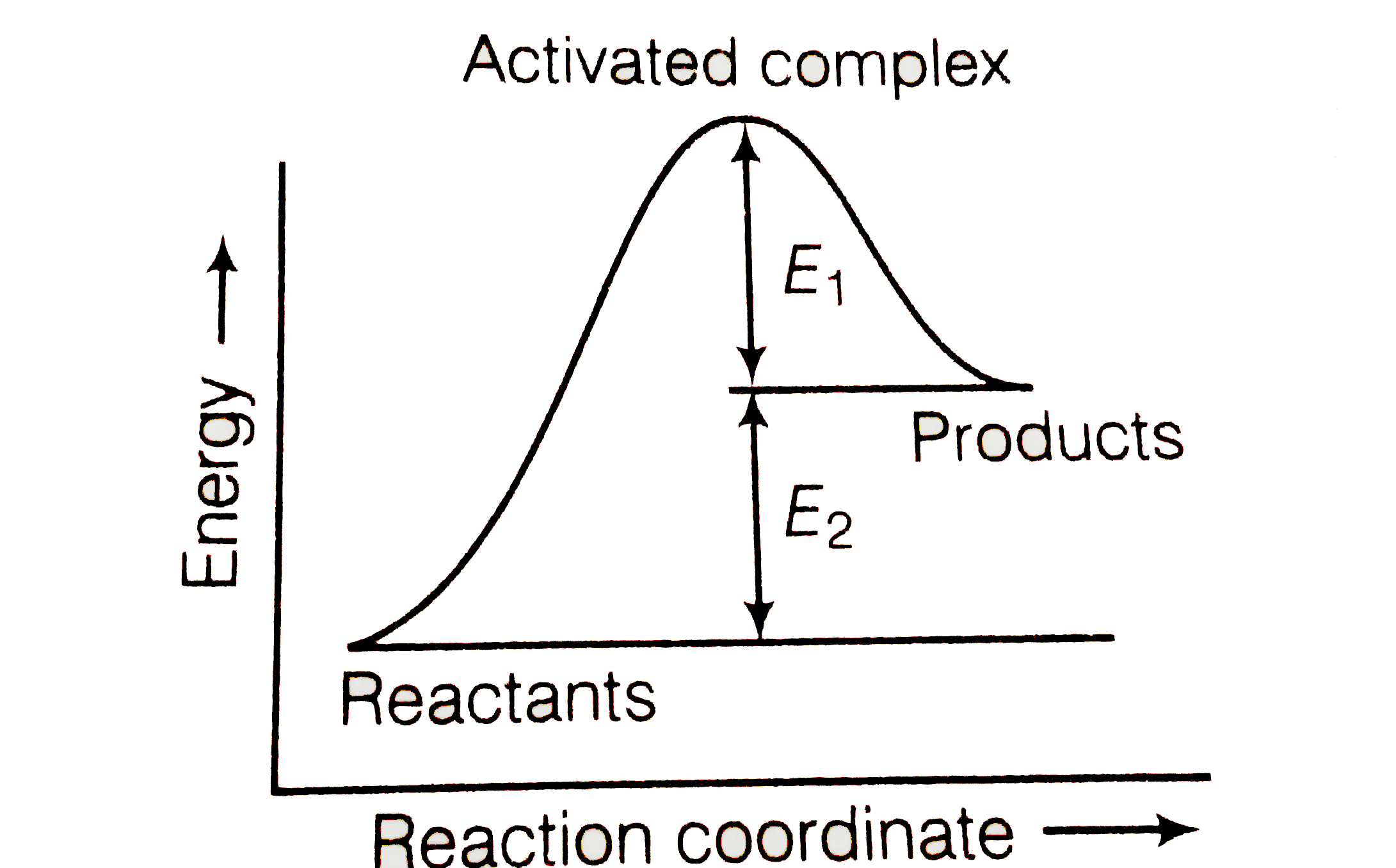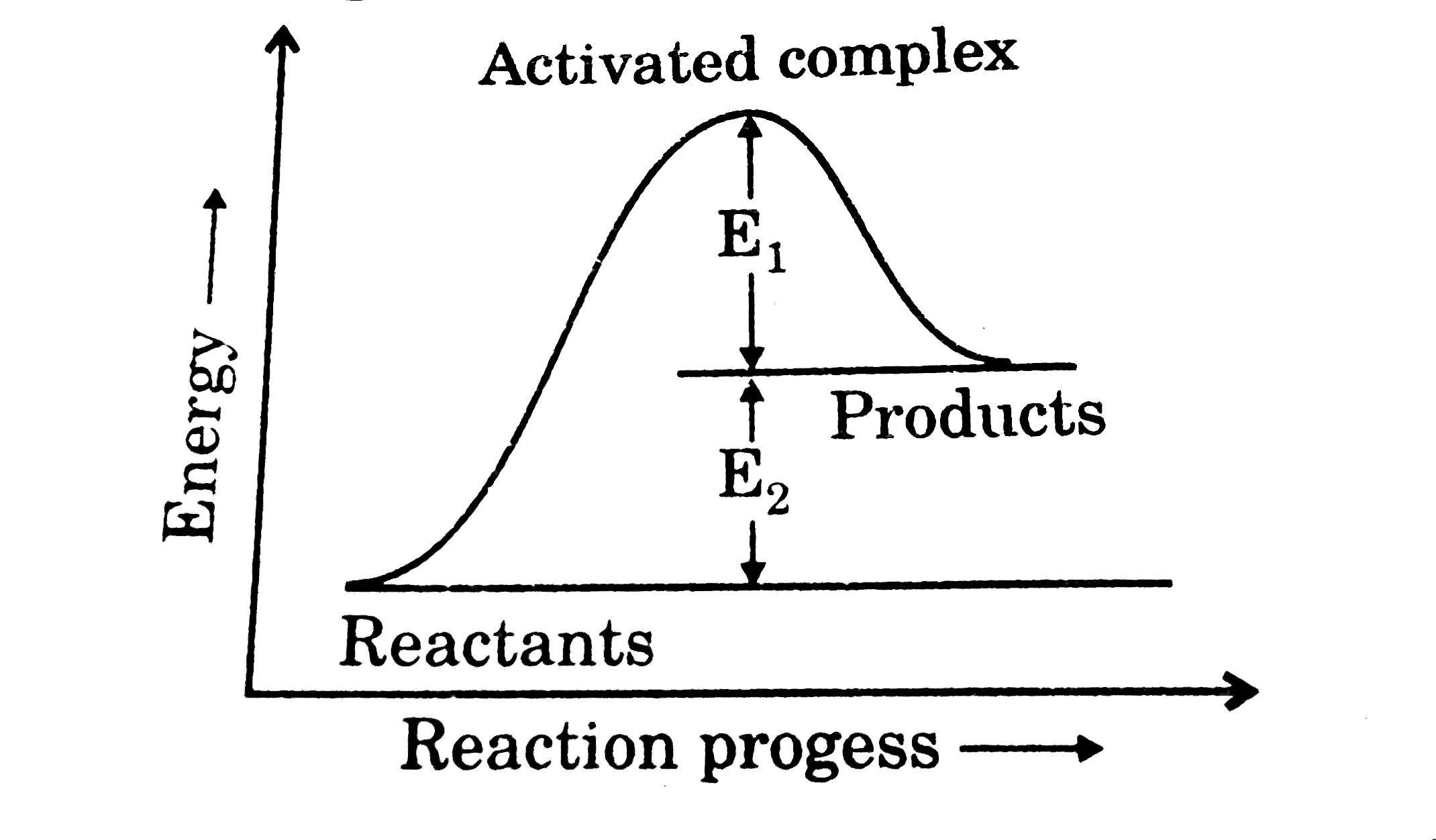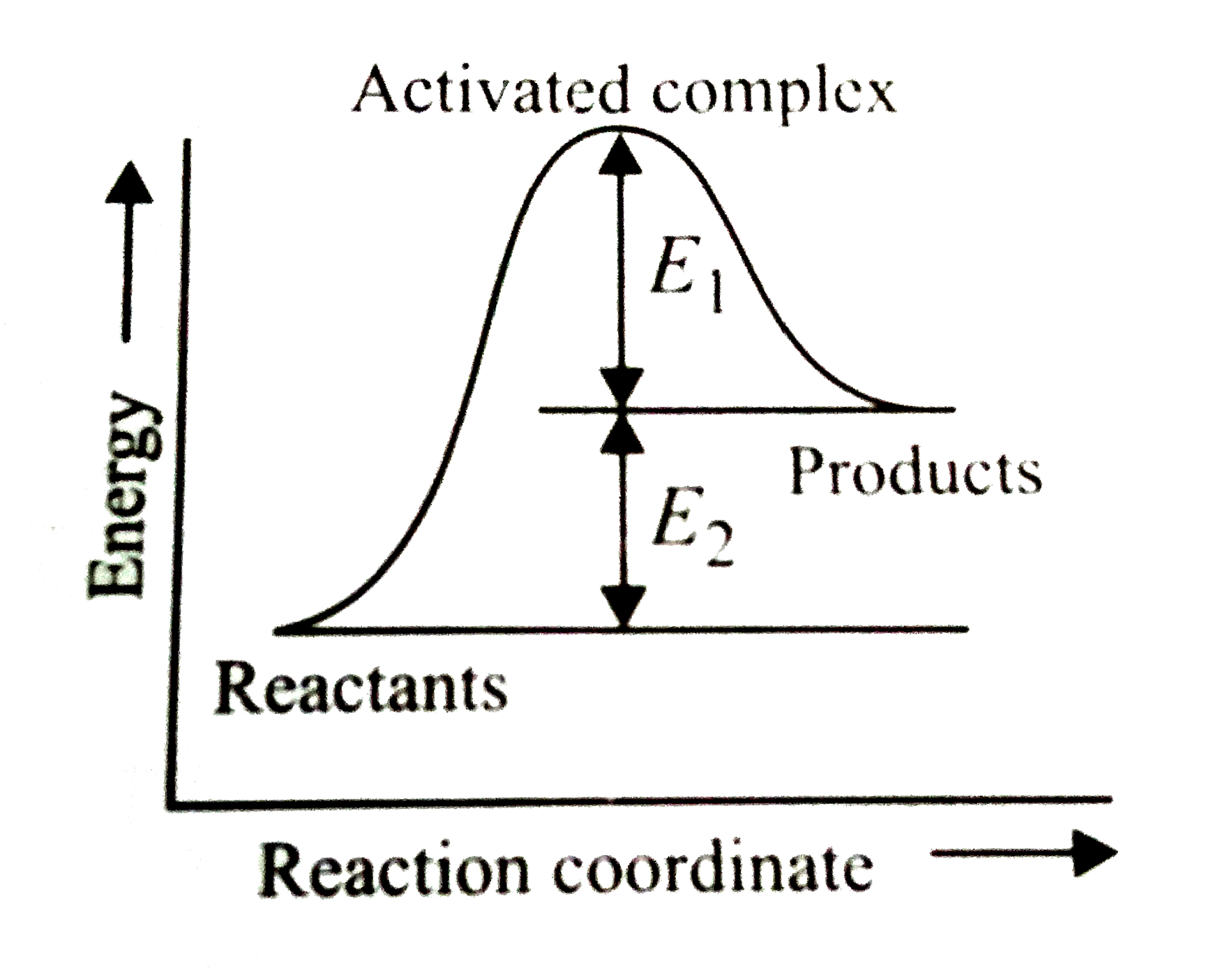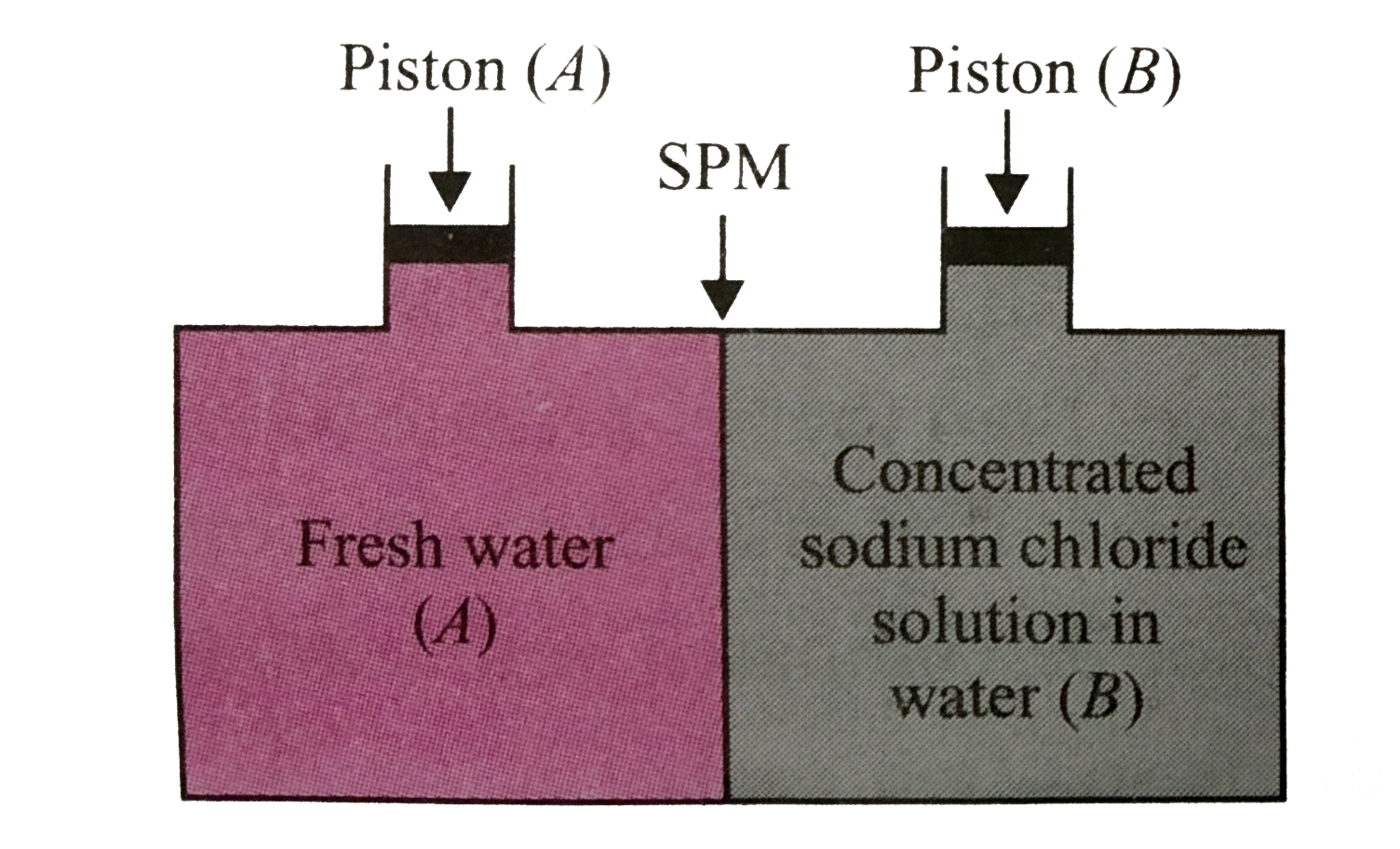Consider the Arrhenius equation given below and mark the correct option.
A
Rate constant increase exponentially with increasing activation and decreasing temperature
B
Rate constant decreases exponentially with increasing activation energy and decreasing temperature.
C
Rate constant increase exponentailly with decreasing activation energy and decreasing temperature.
D
Rate constant increases exponentially with decreasing activation energy increasing temperature
Video Solution
Text Solution
The correct Answer is:D
According to Arrhenius equation
Here,
which indicates that as activation energy decreases rate constant increases and as temperature increases rate of reaction increases.
|
Topper's Solved these Questions
Similar Questions
Knowledge Check
Consider the Arrhenius equation given below and mark the correct option.
k=Ae−EaRTARate constant increases exponentially with increasing activation energy and decreasing temperatureBRate constant decreases exponentially with increasing activation energy and decreasing temperratureCRate constant increases exponentially with decreasing activation energy and decreasing temperatureDRate constant increases exponentially with decreasing activation energy and increasing temperatureConsider figure and mark the correct option
 AActivation energy of forward reaction is E1+E2 and product is less stable than reactant .BActivation energy of forward reaction is E1+E2 and product is more stable than reactant.CActivation energy of both forward and backward reaction is E1+E2 and reactant is more stable than productDActivation energy
AActivation energy of forward reaction is E1+E2 and product is less stable than reactant .BActivation energy of forward reaction is E1+E2 and product is more stable than reactant.CActivation energy of both forward and backward reaction is E1+E2 and reactant is more stable than productDActivation energyConsider the Fig.
 and mark the correct option. Awater will move from side (A) to side (B) if a pressure lower than osmotic pressure is applied on piston (B).Bwater will move from side (B) to side (A) if a pressure greater than osmotic pressure is applied on piston (B).Cwater will move from side (B) to side (A) if a pressure equal to osmotic pressure is applied on piston (B).Dwater will move from side (A) to side (B) if pressure equal to osmotic pressure is applied on piston (A).
and mark the correct option. Awater will move from side (A) to side (B) if a pressure lower than osmotic pressure is applied on piston (B).Bwater will move from side (B) to side (A) if a pressure greater than osmotic pressure is applied on piston (B).Cwater will move from side (B) to side (A) if a pressure equal to osmotic pressure is applied on piston (B).Dwater will move from side (A) to side (B) if pressure equal to osmotic pressure is applied on piston (A).
On the basis of info0rmation given below mark the correct option.
View SolutionArrhenius equation may be given as :
View SolutionConsider the given figure and mark the correct option.
View SolutionConsider the figure and mark the correct option.

View SolutionConsider the figure and mark the correct option.

View Solution


